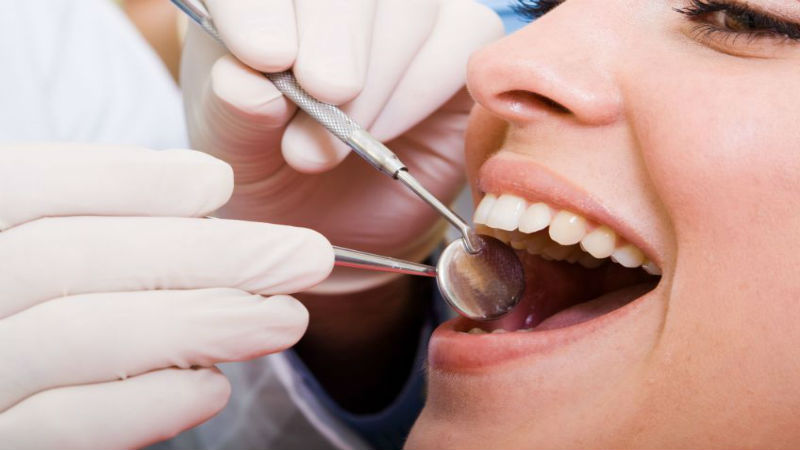Dentists prefer not to extract teeth unless absolutely necessary, but there are still sometimes cases where it is unavoidable. That doesn’t have to be the end of the story, however. Leaving a gap in your mouth can be bad for the neighboring teeth, and it also often becomes a source of confidence issues. If one of your teeth is missing, but you didn’t like the idea of getting a partial denture or bridge to replace it, you may be happier with the results available with a Dental Implant Mankato MN.
When you get a Dental Implant Mankato MN, it’s a replacement that is virtually indistinguishable from your natural teeth. It doesn’t require daily removal or any sort of special care. It also doesn’t damage or put pressure on the neighboring teeth, or make them more vulnerable to decay. On the whole, it’s the most convenient option for most patients. While the amount of work that has to be done up front to get it in place is more than would typically be involved in other techniques for replacing teeth, once that is all over you can simply move on with your life and stop worrying about it.
The reason that it works this way is that an implant has its own root. Just like your natural teeth have roots that go down into your jaw and hold them securely in place, a Dental Implant Mankato MN has a metal one that is placed surgically in the jaw by the dentist. Once the bone heals around it, it remains very firmly in position and isn’t in any danger of being pulled out or damaged. Once the dentist has waited for it to heal, he adds a crown, which is the actual visible part that is designed to look exactly like your natural teeth. They’ll even make one in exactly the right color to be a good match for the rest of your mouth so that it won’t be obvious that it’s new.
Getting a Dental Implant Mankato MN does require that you be healthy enough to go through a minor surgery. It also has a longer healing and recovery process than getting a partial denture or having a bridge put in. Most patients, though, prefer the long term convenience of this approach.



